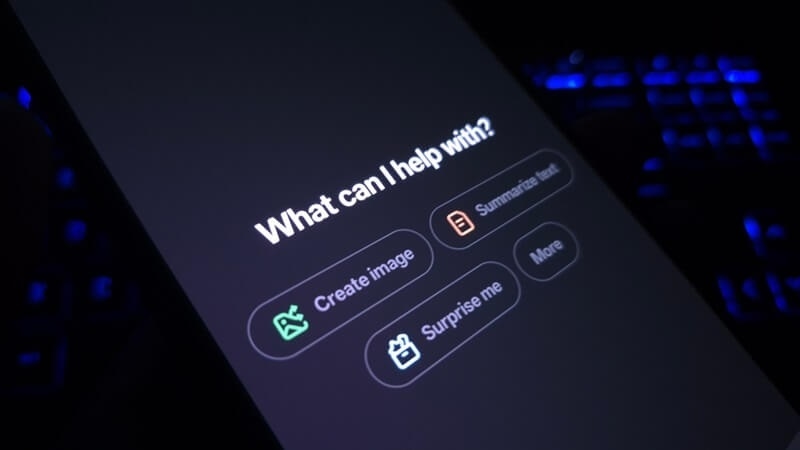
The subscription model online learning landscape of the past few years has evolved beyond recognition. What used to be a simple pay-to-play method of accessing courses online is now a diverse blend of membership, AI-driven personalization, and hybrid monetization models. Learners today no longer just seek static video lectures, they expect flexibility, community, and open results for their money.
The subscription method for learning online has been one of the strongest trends shaping education over the past few years. In the United States particularly, students are substituting course-of-study purchase with membership subscriptions for lifetime progress. Let's dive deeper into the reasons behind the online learning subscription service trend, how the new education subscription model trends are transforming learning behavior, and what it means for students and instructors.
The subscription model online learning concept mirrors what we’ve seen in entertainment and fitness industries , continuous access instead of ownership. Instead of buying a single course, learners subscribe to platforms like Coursera, LinkedIn Learning, or Masterclass to access thousands of classes across disciplines.
This flexibility is attracting professionals who believe that learning is a constant and not a momentary thing. As the economy continues to evolve at a rapid rate, learning professionals like month or annual subscription giving them access to acquire new know-how whenever and wherever required are becoming all the rage. Even corporate houses are getting in on the act with subscription-based online courses for upskilling employees.
The result is a faster, more agile education marketplace , one that responds rapidly to changing industry and learner demands.

Initially, online courses adopted a pay-per-use model: a single payment for permanent access. Today, sites employ a subscription-based web-based learning platform to deliver ongoing engagement. Students pay for repeated uses of updated content, live sessions, mentorship, and certifications that comply with industry standards.
Arguably, the most dramatic change has been on the cost side. Monthly subscription-based growth in online classes allows individuals to pay recurring, small amounts rather than single, gigantic amounts. With prices as low as this, education is accessible, and there is long-term commitment to students.
These subscriptions typically exist in tiers:
This approach enables students to choose what they can afford and aspire to. For creators, it reduces churn as it offers steady income rather than erratic bursts in sales.
Artificial Intelligence is transforming the e-learning subscription-based business. Adaptive learning technologies nowadays adapt course recommendation, speed, and difficulty level based on the performance of each student. AI tutors provide instant feedback, and analytics allow teachers to optimize content delivery.
Another strong trend amongst the trends within the education subscription model is that community-based, customized learning is increasing.
The subscription model of online learning works best when it is engaging , when it involves discussion, collaboration, and progress in parallel.
The corporate world has become a key driving force behind subscription based e-learning.
Subscription is the king, but creators are getting ingenious about how to mix up recurring memberships and one-off buys. Many monthly membership online courses these days also provide add-ons like private coaching, premium workshops, or certified classes.
This hybrid model allows learners to pay a modest periodic subscription for access but invest more when they want expert-level engagement. It's a win-win platform: the site gets recurring revenue, and the learner gets option to go deeper. For educators and creators, hybrid monetization invites testing , integrating memberships, live instruction, and add-ons into one platform.
Though it has numerous benefits, online learning space which follows the subscription model now has a new issue , subscription fatigue.
And as websites that are general are becoming clogged up, the niches are booming. There are niche subscription sites popping up for specialized skills , blockchain programming and UX/UI design, for example, or cooking or mental health coaching.
Those sites have loyal followings who value specialized, advanced teaching. A graphic designer would prefer having a small membership site focused entirely on Adobe products, for instance, over a huge repository of undifferentiated material.
Monthly membership online courses that are niche-driven also ensure more personal communities, more interaction, and improved completion rates. The moral: specialization equals sustainability in a saturated marketplace.
Information is becoming the basis for new models of online learning.
Ultimately, data-driven learning makes subscription-based online training not just a content issue , it's an issue of validated progress.
Credentials are among the key contributors to retention in the subscription service online education market. Stackable certificates, micro-credentials, and digital badges validate online education. Students more and more expect employers and professional organizations to use these credentials.
Subscription sites offering authenticated credentials as part of their subscription packages have a competitive edge. It also drives new education subscription model tendencies of lifelong professional development and career alignment. By connecting education with actual career trajectories, subscriptions are not optional but necessary.
Teacher-created and independent creators are empowered by the subscription-based model of e-learning in that they gain economic independence and creative freedom. Unlike releasing a single course and hoping it sells, creators can create a steady stream of income while continually iteratively improving their product.
As technology improves, online learning models will increasingly be about integration and intelligence. Expect more AI-driven personalization, gamified milestones, and interoperable links between different learning apps and professional platforms.
Subscriptions will be intelligent , able to offer up their own learning paths, responding to the schedules of students, and aligning with employer performance. The online learning subscription model of the future will not be about watching a video as much as it will be about having a career mentor walk you through your career of choice.
The online learning subscription model is transforming education into something far more fluid, information-driven, and open. Today's students expect dynamic memberships that grow with them over time, not fixed courses which come and go as a series of videos.
From online courses to subscription monthly membership to company subscription-based online learning, everything about digital learning is becoming popular. The most successful sites will be those that offer affordability, interactivity, and quantifiable results , showing the learners that another month's membership gets them closer to where they are attempting to go.
To America, and to the world at large, it's been said: the future of education isn't course by course , it's a lifelong journey, built on new trends in education subscription patterns and powered by smarter, more individualized systems. Classroom is not a physical space or one-time purchase; it's a living subscription that aligns, teaches, and grows with you , month by month, skill by skill, step by step.
This content was created by AI